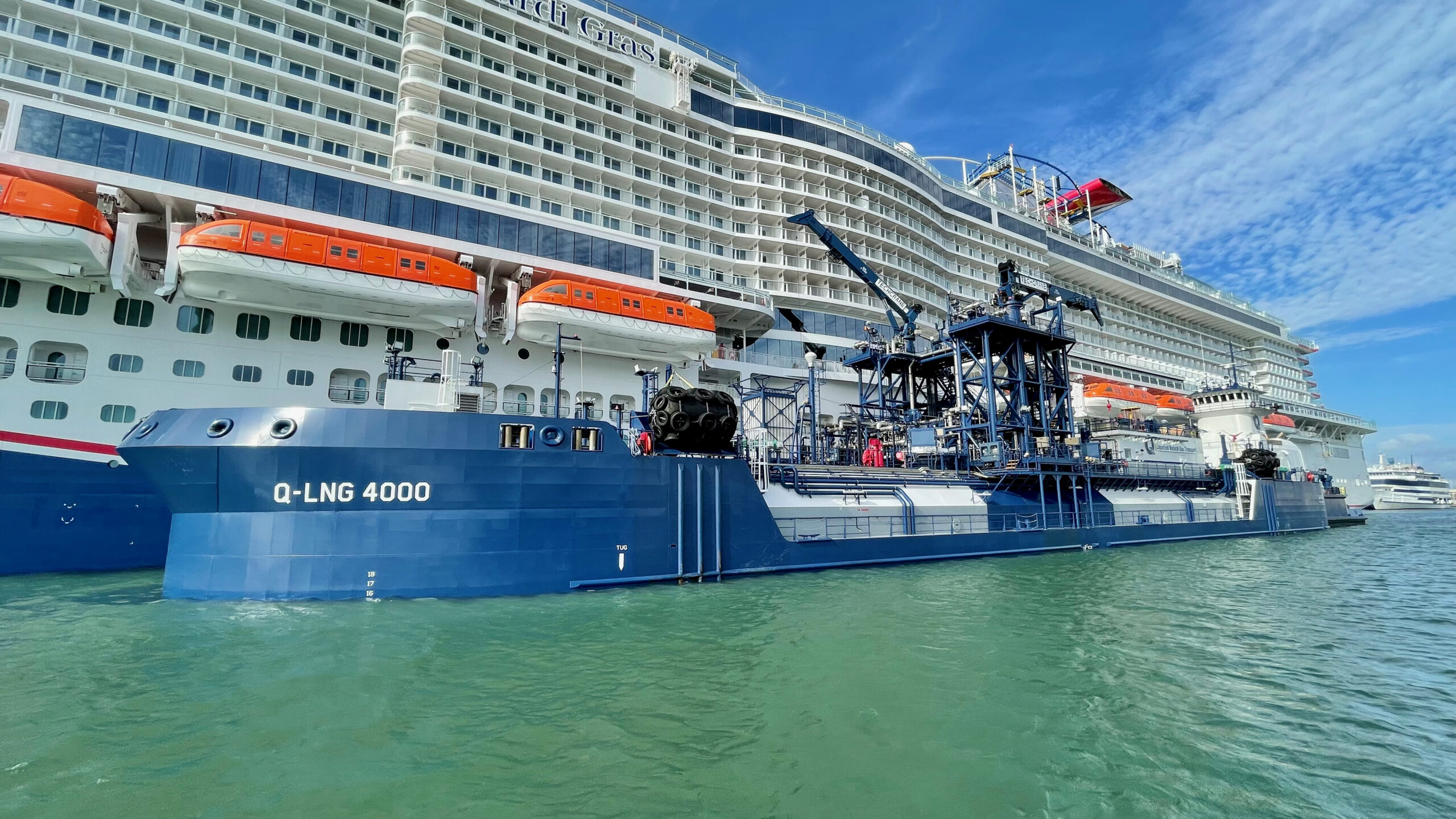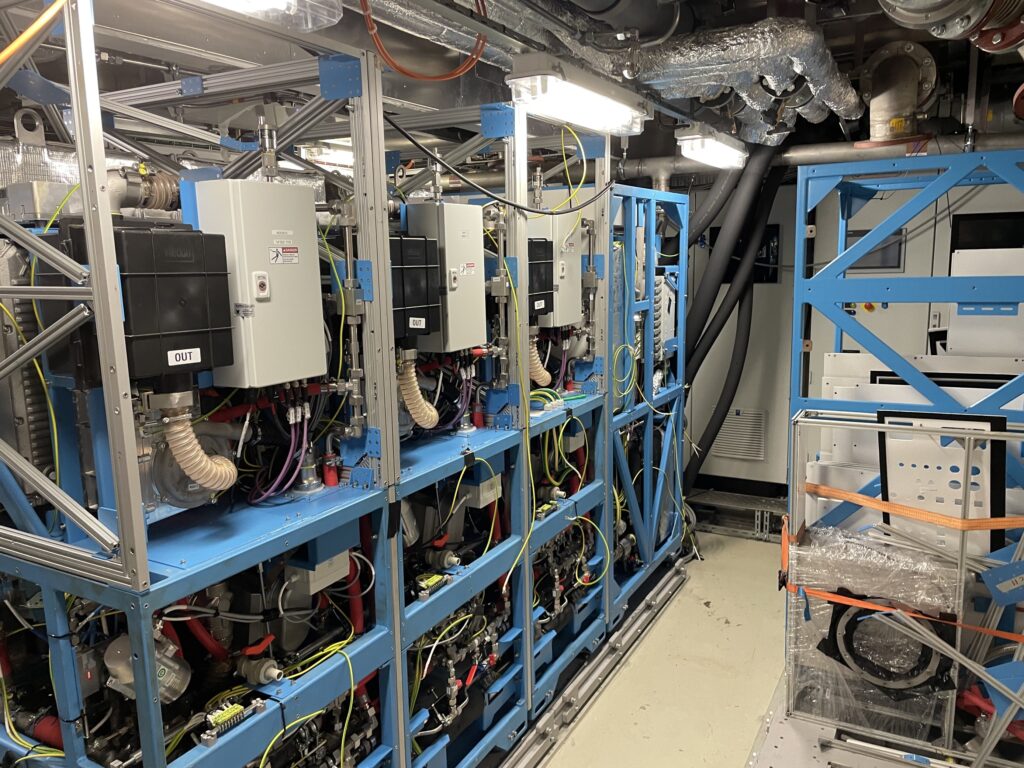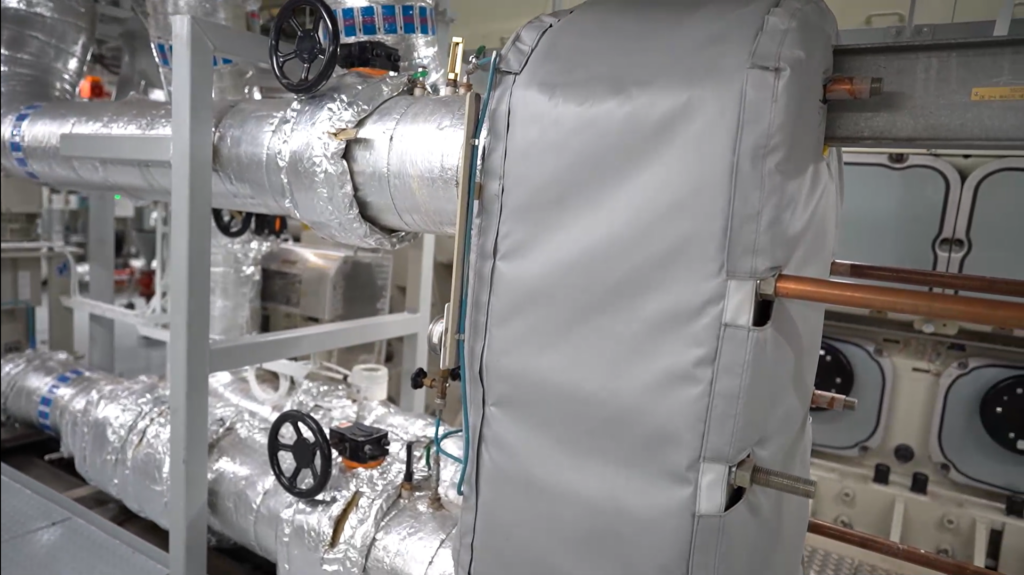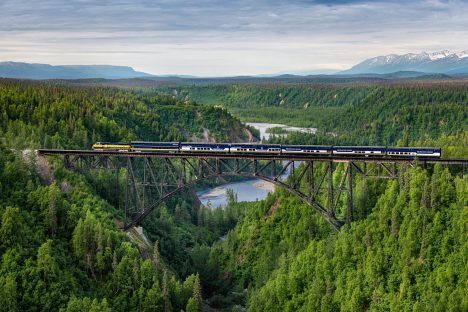Destination: Net Zero Greenhouse Gas Emissions

At Carnival Corporation, our world-class cruise lines offer a range of unique and fun-filled itineraries that visit more than 800 ports around the globe. Just as we carefully curate each itinerary for our valued guests, we actively manage our sustainability roadmap and our path to reduce our environmental and greenhouse gas (GHG) footprint.
While we have already come a long way toward our vision to make cruising more sustainable, we understand there’s more work to do as we look ahead to our ultimate destination: net zero GHG emissions.
The route to net zero means using the technologies we have available today to improve our operational efficiency, while also innovating and identifying new ways to reduce our overall impact for the future.
Through the early use of liquefied natural gas (LNG), which we pioneered as an alternative fuel source in cruising, we have been able to deliver immediate GHG emission reductions. We currently have 10 LNG-capable ships sailing in our fleet and expect to add six more through 2033, which will comprise nearly one-third of our global fleet. As another bonus, LNG ships are fully compatible with future bio-methane and synthetic-methane, and our dual fuel LNG engines can run on biodiesel and synthetic diesel when they become available. But for now, LNG is the best available lower emission energy source that is mature, scalable, and commercially viable for the maritime industry.
Acknowledging that the technology available today alone won’t get us to net zero emissions, we are investing in and continually trialing new technologies and alternative fuels to lower our environmental impact. This includes a first-of-its-kind lithium-ion battery storage system to supplement our main energy supply, as well as supporting the adaptation of innovative biofuels to support low GHG emission fuel options.

We’re also continuously improving our existing fleet’s energy efficiency, reducing fuel consumption and cutting emissions through investments such as Power Saver Packs, a set of comprehensive technology upgrades that work together to reduce the energy required for onboard systems and services on each ship. By installing state-of-the-art air lubrication systems (ALS), our ships glide with less friction for fuel consumption savings and reduced emissions. And, we continue to expand our shore power capabilities to utilize renewable energy sources to power our ships while in port.
Our itineraries are also designed to reduce energy needs, leveraging shorter distances, slower speeds and operational improvements to further reduce fuel use and emissions, all while providing an unforgettable guest experience.
As the world’s largest cruise company, we value the responsibility to be at the helm of sustainable innovation for our industry. While we’re proud of the progress we’ve made toward a sustainable future for cruising, we also understand more work is needed to reach our final destination of net zero GHG emissions from ship operations by 2050.

Cruising is only one small piece of a much larger vacation and travel market, and we are committed to doing our part to arrive safely at “Destination: Net Zero GHG Emissions.” It’s not only the right thing to do for everyone who relies on our industry, but also for the planet we all call home.
###



